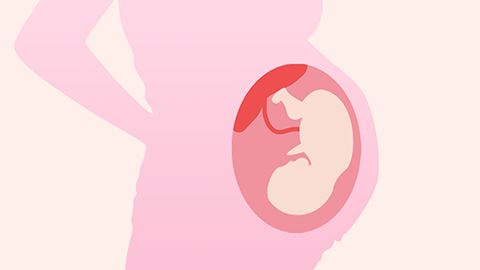Is the chance of pregnancy with a uterine septum very low?
Uterine septum is one of the important causes of female infertility, thus the chances of pregnancy are relatively low. The pregnancy rate associated with uterine septum ranges from 17% to 35%. With medical advancements, the pregnancy rate after surgical treatment for uterine septum reaches up to 48%. Details are as follows:
Uterine septum is commonly seen among women with uterine malformations and is associated with poor pregnancy outcomes. Uterine septum may lead to complications such as miscarriage, preterm birth, breech presentation, premature rupture of membranes, placenta previa, postpartum abnormal bleeding, and intrauterine fetal growth restriction.

Some women experience recurrent miscarriages due to uterine malformations, among which uterine septum accounts for the majority. Among women with repeated pregnancy loss, especially early pregnancy loss, the incidence of uterine septum is quite high.
Due to the complexity of uterine malformations, ectopic pregnancies often occur in the occluded cornua, rudimentary uterine horns, cervix, or vaginal diverticulum. Because of their rarity, pregnancies located in these unusual positions are often difficult to diagnose early.
The presence of a uterine septum can lead to uterine cavity deformation, thereby increasing the incidence of complications in late-term pregnancies. Uterine malformations can also cause obstetric complications such as abnormal fetal position, dysfunctional uterine contractions, and placental retention.





